How To Build A Thermal Monocular ?
Building a thermal monocular requires expertise in electronics, optics, and thermal imaging technology. It involves assembling a thermal sensor, a lens, and a display screen, along with a power source and control circuitry. The thermal sensor detects infrared radiation emitted by objects and converts it into an electrical signal, which is then processed and displayed on the screen. The lens focuses the infrared radiation onto the sensor, while the display screen shows the thermal image in real-time. The power source can be a battery or an external power supply, and the control circuitry manages the sensor and display functions. Building a thermal monocular requires specialized knowledge and skills, and it is not recommended for beginners or amateurs. It is important to follow safety guidelines and obtain necessary permits and certifications before attempting to build a thermal monocular.
1、 Infrared Sensor Technology
To build a thermal monocular, one needs to understand the basics of Infrared Sensor Technology. Infrared sensors detect the heat emitted by objects and convert it into an electrical signal, which is then processed to create an image. The image produced by the sensor is displayed on a screen, allowing the user to see in complete darkness or through smoke, fog, and other obscurants.
To build a thermal monocular, one needs to start by selecting the right infrared sensor. There are several types of infrared sensors available in the market, including microbolometers, thermopiles, and pyroelectric detectors. Microbolometers are the most commonly used sensors in thermal imaging devices due to their high sensitivity and low cost.
Once the sensor is selected, it needs to be integrated with a lens system to focus the infrared radiation onto the sensor. The lens system should be designed to provide a clear and sharp image with a wide field of view.
The next step is to process the electrical signal generated by the sensor to create an image. This is done using a signal processing unit, which converts the electrical signal into a digital image. The digital image is then displayed on a screen, allowing the user to see the thermal image.
In recent years, there have been significant advancements in Infrared Sensor Technology, leading to the development of more compact and affordable thermal imaging devices. These devices are now widely used in various applications, including surveillance, search and rescue, and firefighting.
In conclusion, building a thermal monocular requires a good understanding of Infrared Sensor Technology and the integration of various components to create a functional device. With the latest advancements in technology, thermal imaging devices have become more accessible and affordable, making them an essential tool for various industries.
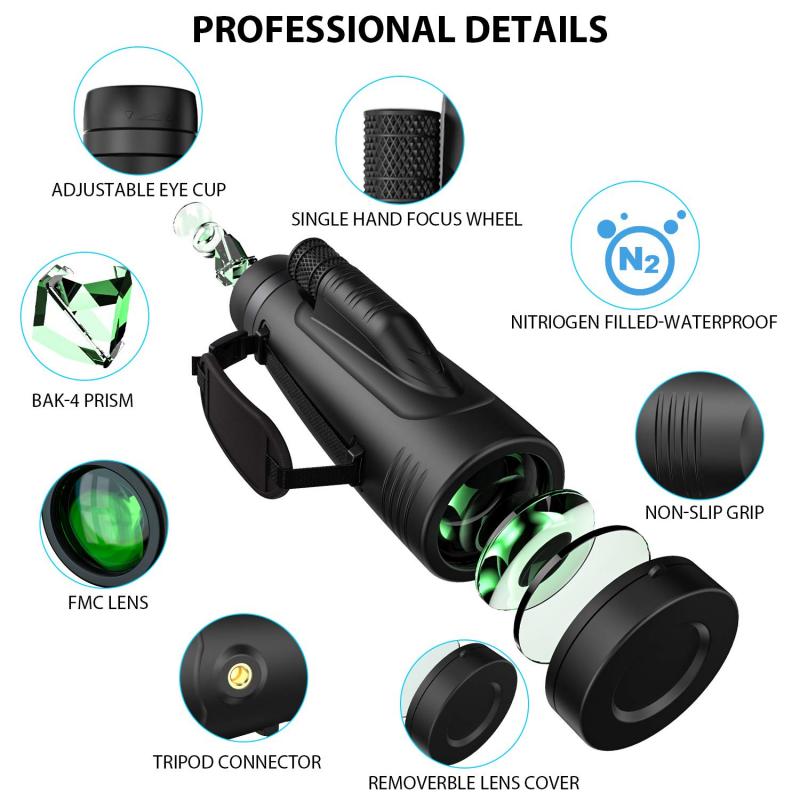
2、 Optics and Lens Design
How to Build a Thermal Monocular:
Building a thermal monocular requires a combination of optics and lens design. The first step is to select the appropriate thermal imaging sensor, which is the heart of the device. The sensor should have a high resolution and sensitivity to detect even the slightest temperature differences. The next step is to design the optics system, which includes the lenses, mirrors, and other components that focus the thermal radiation onto the sensor.
The lens design is critical to the performance of the thermal monocular. The lens should be made of a material that is transparent to thermal radiation, such as germanium or silicon. The lens should also be designed to minimize distortion and aberrations, which can affect the image quality. The lens should be coated with an anti-reflective coating to reduce glare and improve contrast.
The monocular should also have a display system that allows the user to view the thermal image. The display should be high resolution and have a high refresh rate to provide a smooth and clear image. The monocular should also have a user-friendly interface that allows the user to adjust the settings and customize the image.
The latest point of view in building a thermal monocular is to incorporate artificial intelligence (AI) and machine learning (ML) algorithms. These algorithms can enhance the image quality and provide additional features such as object recognition and tracking. AI and ML can also improve the accuracy of temperature measurements and reduce false alarms.
In conclusion, building a thermal monocular requires a combination of optics and lens design. The latest point of view is to incorporate AI and ML algorithms to enhance the performance of the device. With the right components and design, a thermal monocular can provide a clear and accurate thermal image for a variety of applications.
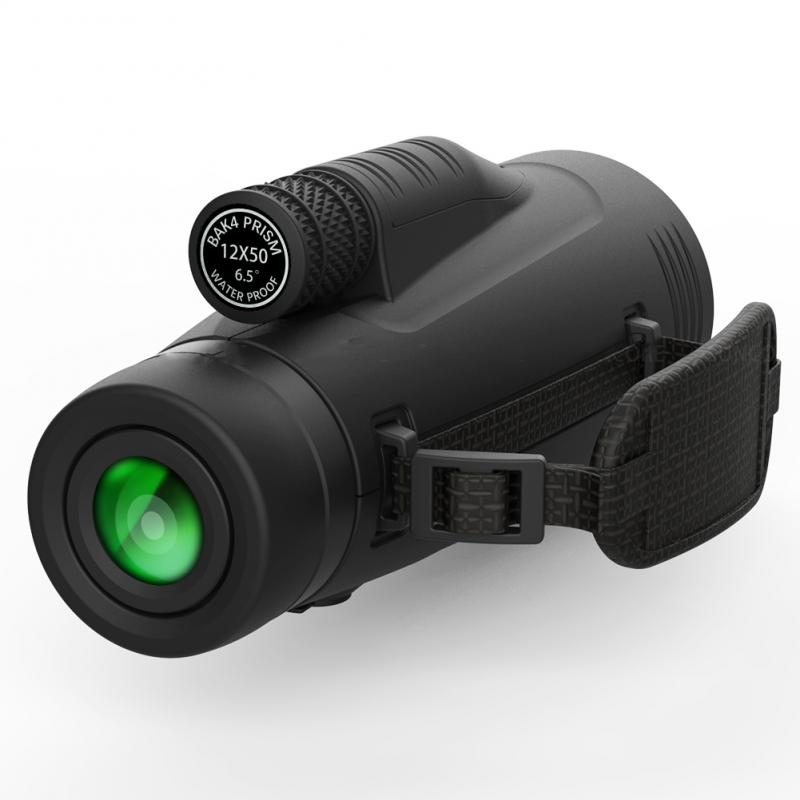
3、 Image Processing and Display
How to Build a Thermal Monocular:
Building a thermal monocular requires a few key components, including a thermal camera, a display screen, and a power source. Here are the steps to build a basic thermal monocular:
1. Choose a thermal camera: There are many thermal cameras available on the market, ranging from low-cost options to high-end models. Choose a camera that fits your budget and meets your needs in terms of resolution, frame rate, and other features.
2. Select a display screen: You will need a screen to display the thermal images captured by the camera. Options include small LCD screens, smartphone screens, or even virtual reality headsets.
3. Connect the camera and screen: Depending on the camera and screen you choose, you may need to purchase additional cables or adapters to connect the two devices.
4. Add a power source: Most thermal cameras require a separate power source, such as a battery pack or AC adapter. Make sure to choose a power source that is compatible with your camera and provides enough power for extended use.
5. Optional: Add image processing and display features: Depending on your needs, you may want to add additional features to your thermal monocular, such as image stabilization, color palettes, or image enhancement algorithms.
The latest point of view in building a thermal monocular is the use of machine learning algorithms to improve image processing and display. By training a neural network on a large dataset of thermal images, it is possible to improve the accuracy and clarity of the images displayed on the screen. Additionally, some thermal cameras now include built-in image processing features, such as noise reduction and contrast enhancement, which can further improve the quality of the images captured.
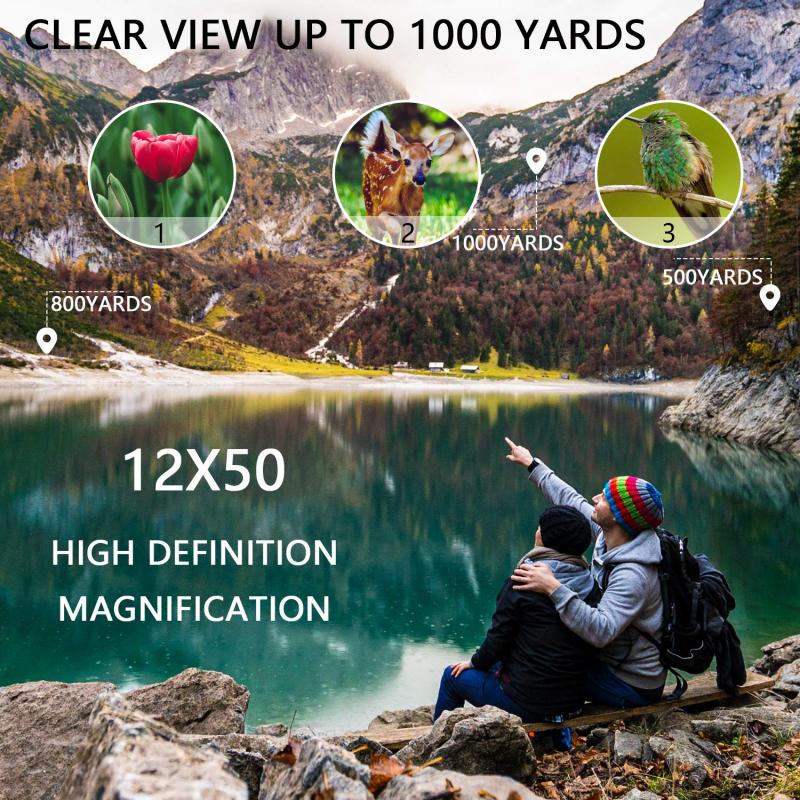
4、 Power Source and Battery Life
How to Build a Thermal Monocular:
Building a thermal monocular requires a few key components, including a thermal imaging sensor, a display screen, and a housing to hold everything together. The thermal imaging sensor is the most important part of the monocular, as it is what allows you to see heat signatures in the dark. The display screen can be a small LCD or OLED screen, and the housing can be made from plastic or metal.
To build a thermal monocular, you will need to start by selecting the right thermal imaging sensor. There are many different sensors available on the market, ranging from low-cost options to high-end models with advanced features. Some of the most popular sensors include the FLIR Lepton, the Seek Thermal Compact, and the AMG8833.
Once you have selected your thermal imaging sensor, you will need to connect it to a display screen. This can be done using a simple video cable or by using a microcontroller to process the data and display it on the screen.
Finally, you will need to build a housing to hold everything together. This can be done using a 3D printer or by using off-the-shelf components like a plastic case or metal enclosure.
Power Source and Battery Life:
One of the most important considerations when building a thermal monocular is the power source and battery life. Most thermal imaging sensors require a significant amount of power to operate, which can quickly drain a battery. To ensure that your monocular has a long battery life, you will need to select a high-capacity battery and optimize your power usage.
One way to optimize power usage is to use a microcontroller to control the sensor and display. This can help to reduce power consumption by only turning on the sensor and display when they are needed.
Another option is to use a rechargeable battery with a high capacity. Lithium-ion batteries are a popular choice for thermal monoculars, as they offer a high energy density and can be recharged quickly.
Finally, you may want to consider using a power-saving mode or sleep mode to further reduce power consumption when the monocular is not in use. This can help to extend the battery life and ensure that your monocular is always ready when you need it.
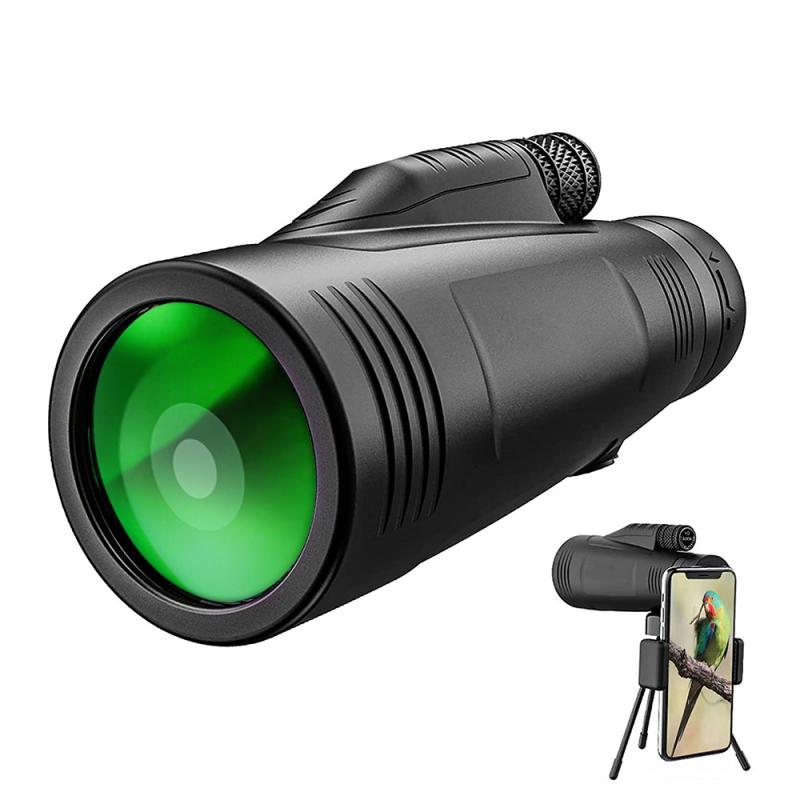






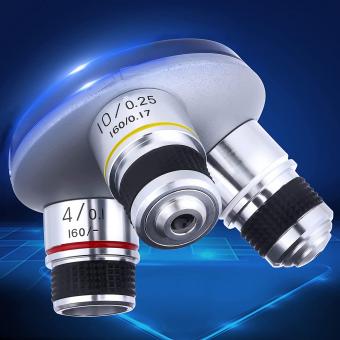


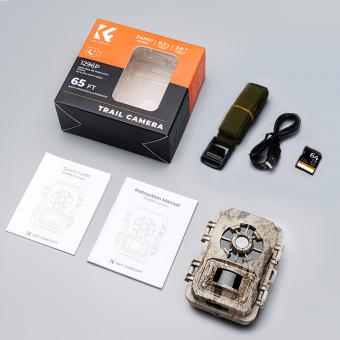

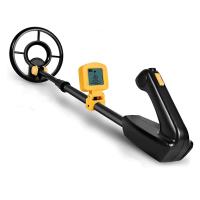
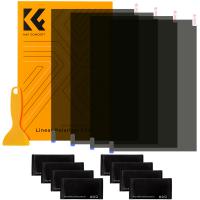
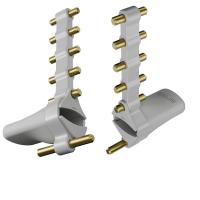

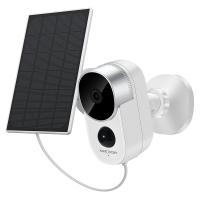
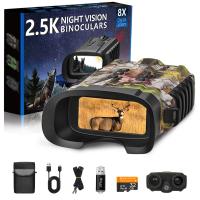

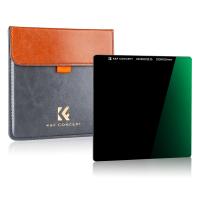


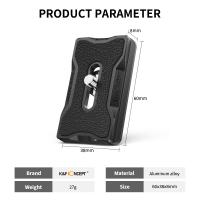
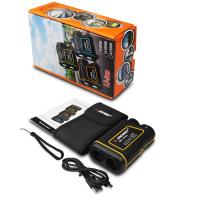


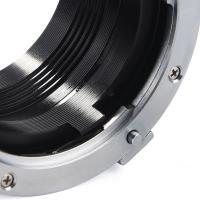

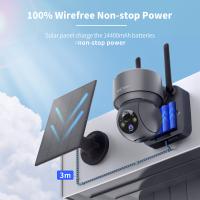
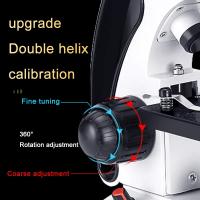
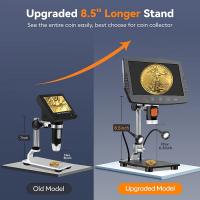
There are no comments for this blog.